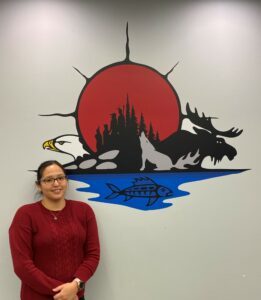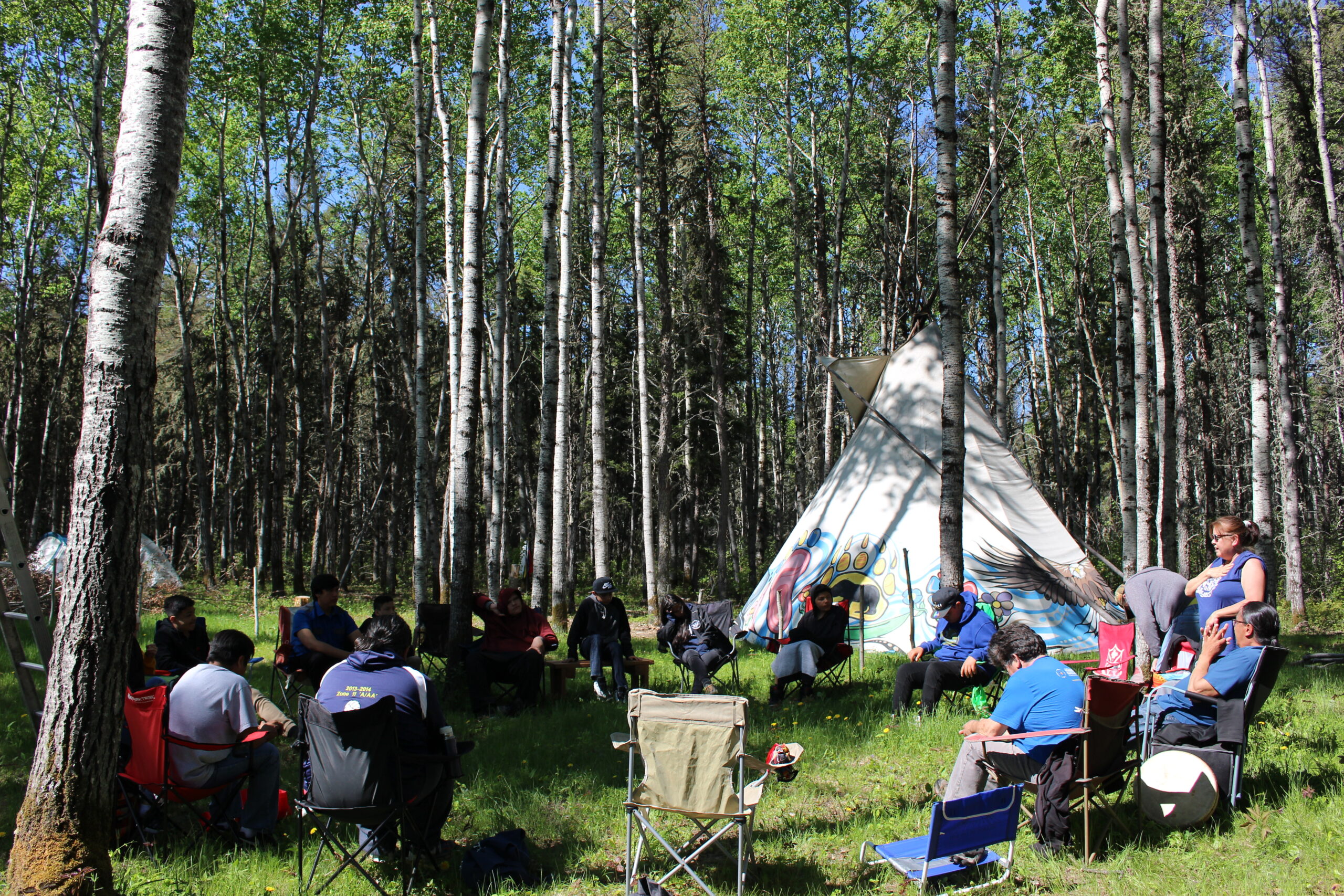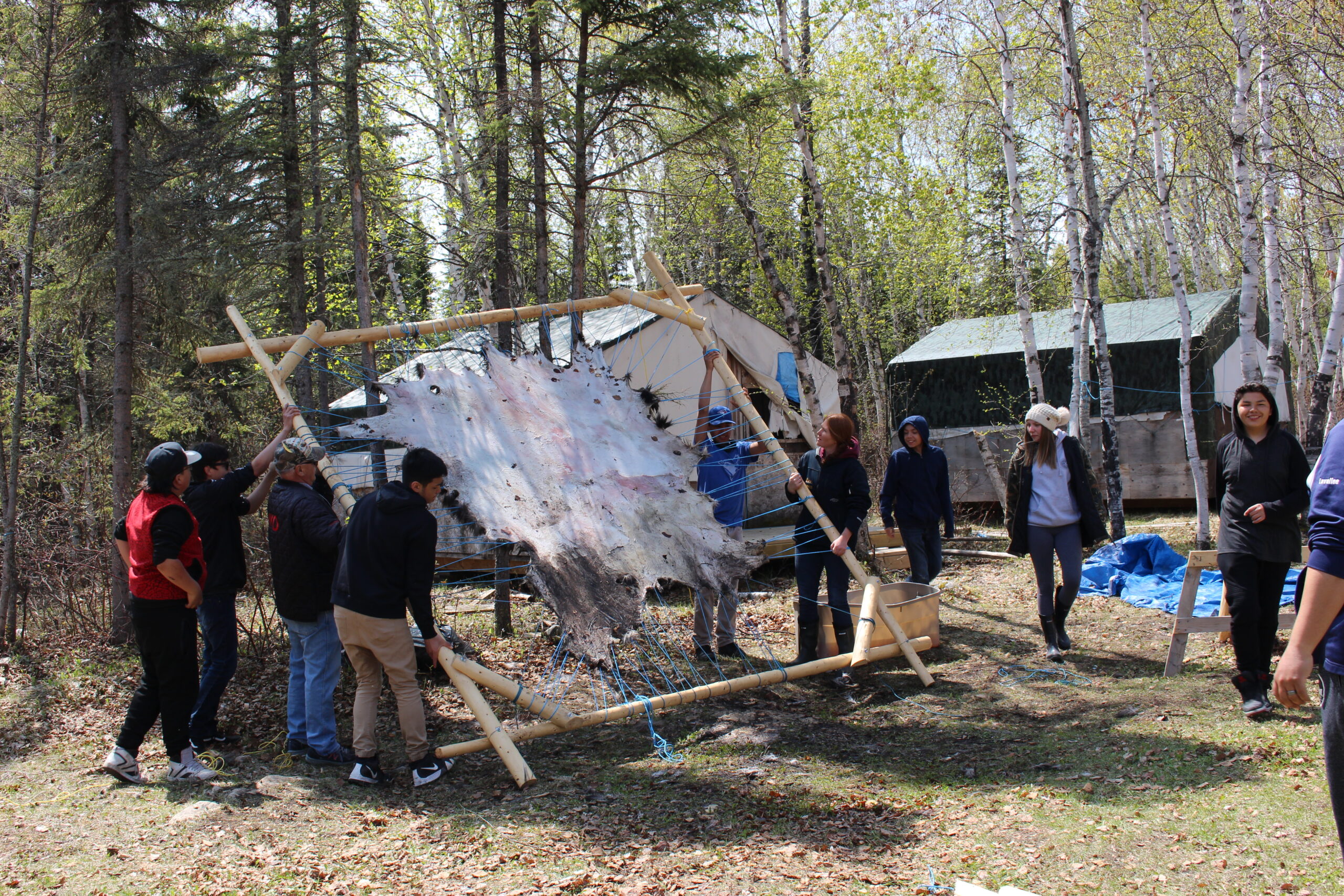As a woman working in conservation, have you encountered any challenges related to your gender? And why is gender equality so important to the work?
I’ve been lucky. I haven’t encountered any challenges related to my gender and I think that is in large part to my mentor Heidi as she really paved the way for me in this field. When it comes to field work, or any type of work, for our guardians there are no gender lines. Our male guardians have such respect for our women.
Gender equality is so important to the work, because we [as women] can do anything that we set our minds to. We are strong.
What does inclusion really look like when it comes to leadership and the engagement of women and youth in First Nations land management?
This question is hard for me to answer. There has always been a woman at the table, so to speak, or taking the lead when it comes to land management ever since I’ve been in the Lands Department. So, I don’t know what it is like when there is not a woman in the leadership and engagement role. I hope that my experience becomes the norm rather than the exception.
What gives you hope about the future?
My children give me hope. I do this work because I want the land to be preserved and for them to be able to explore our territory with their children in the same way my husband and I do with them.



